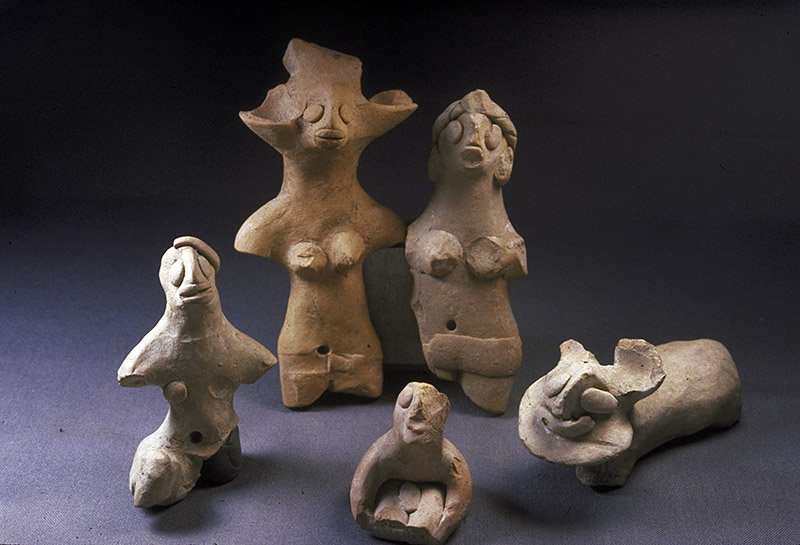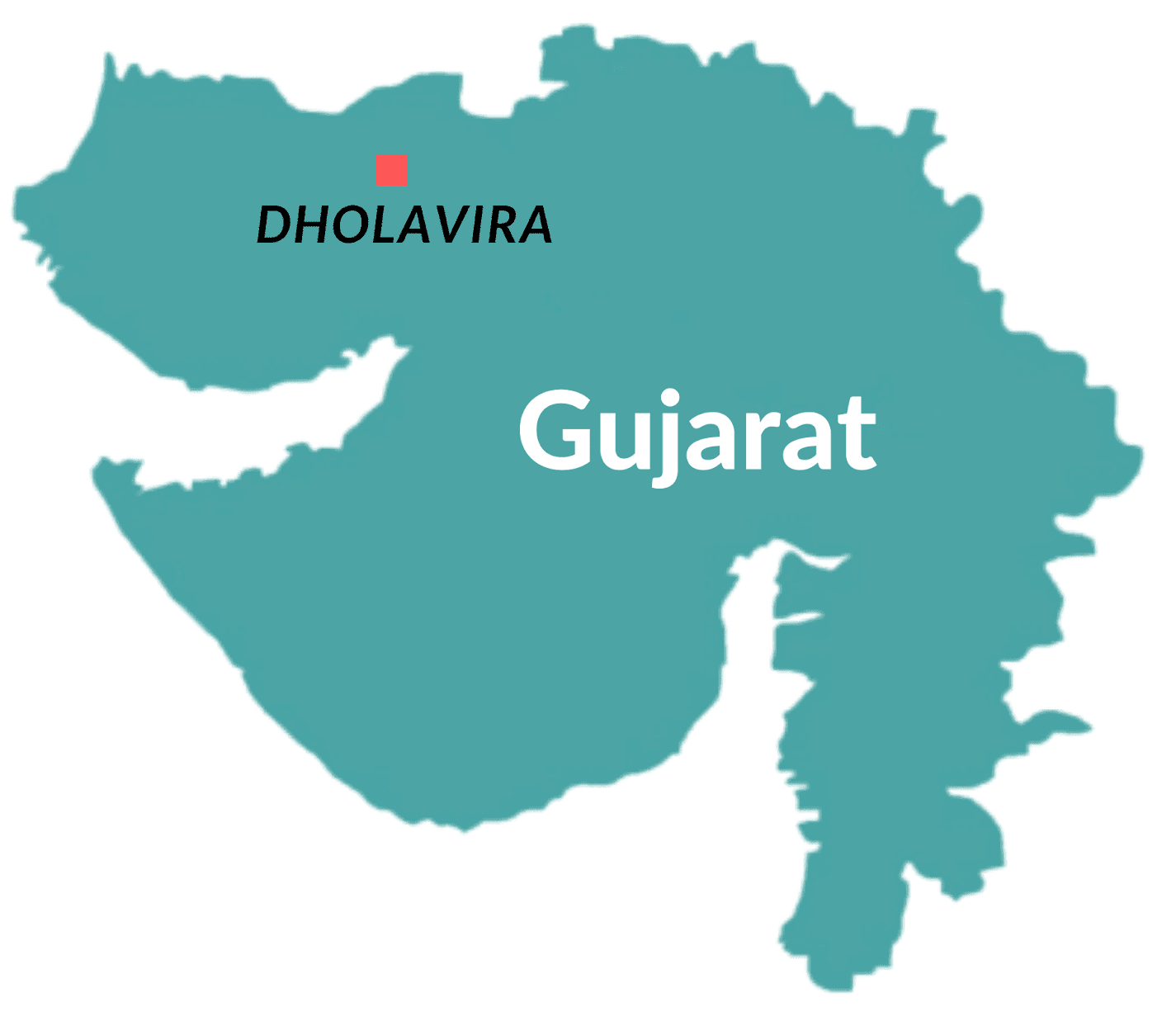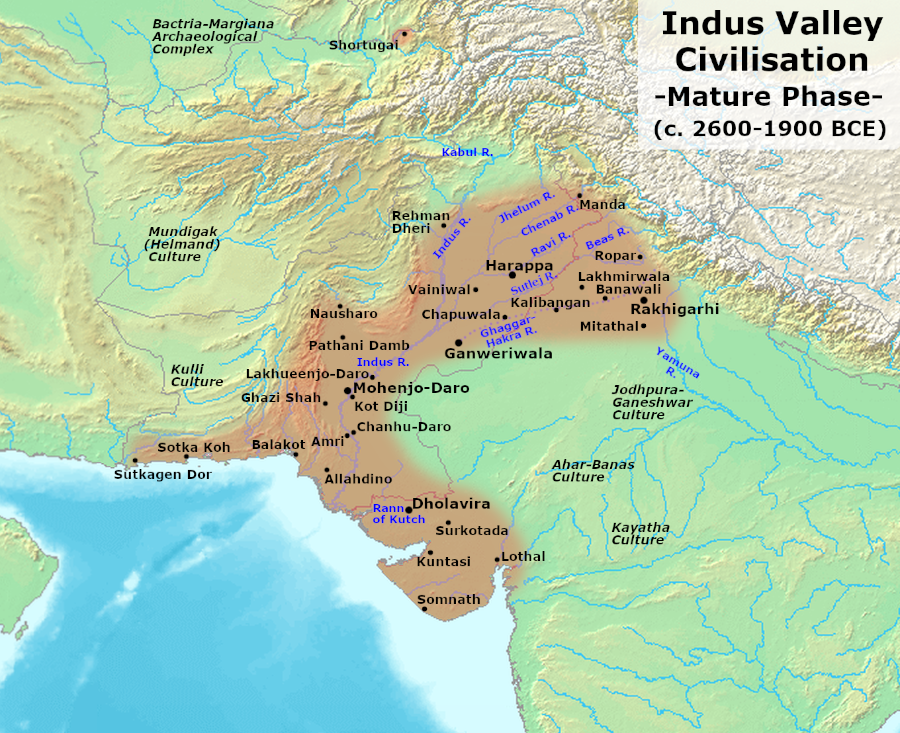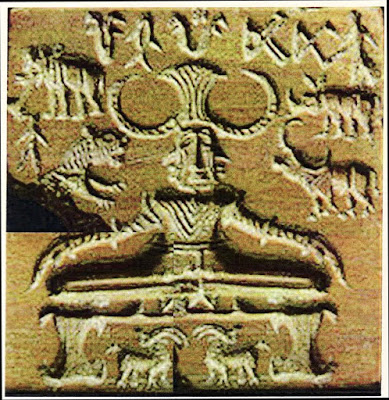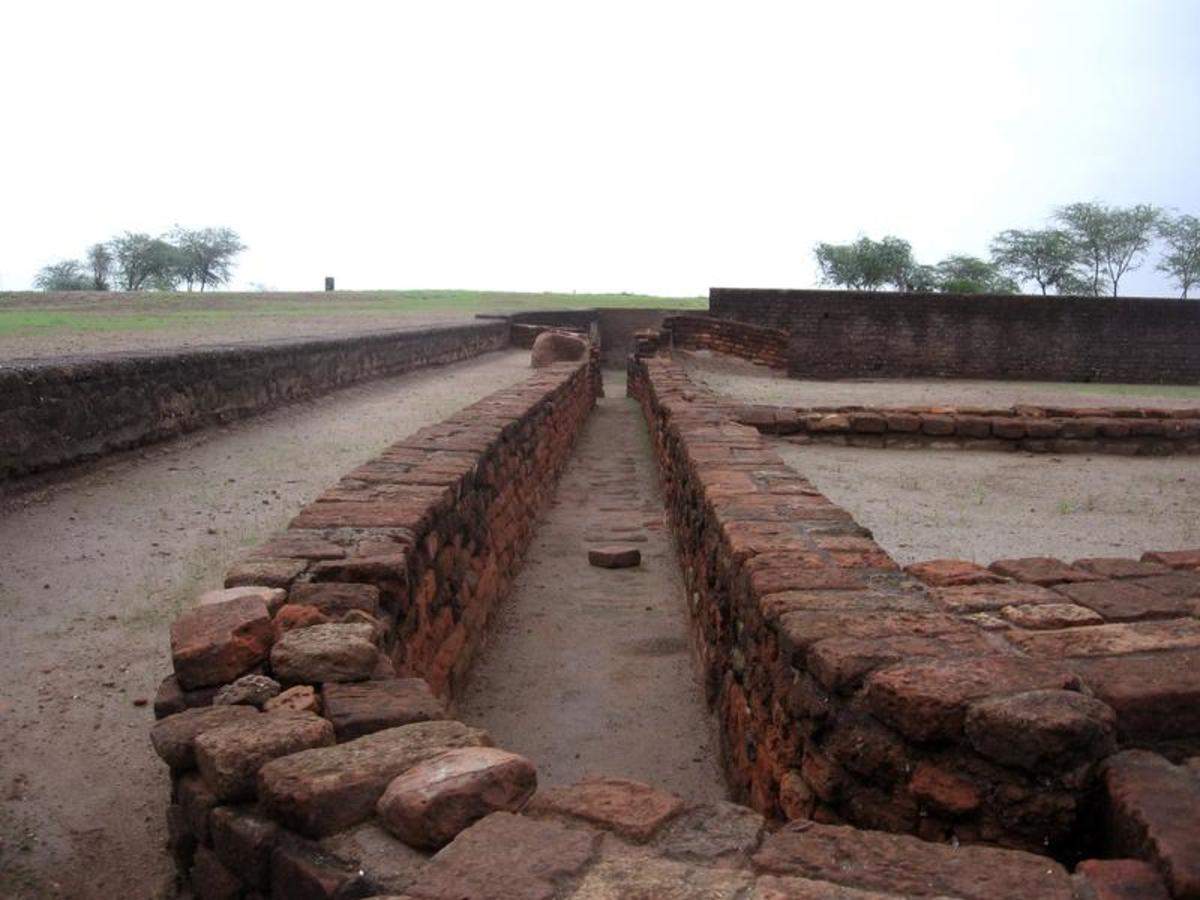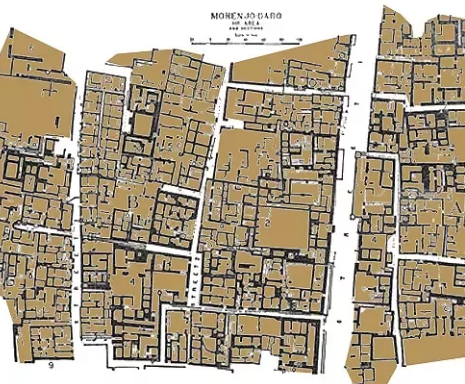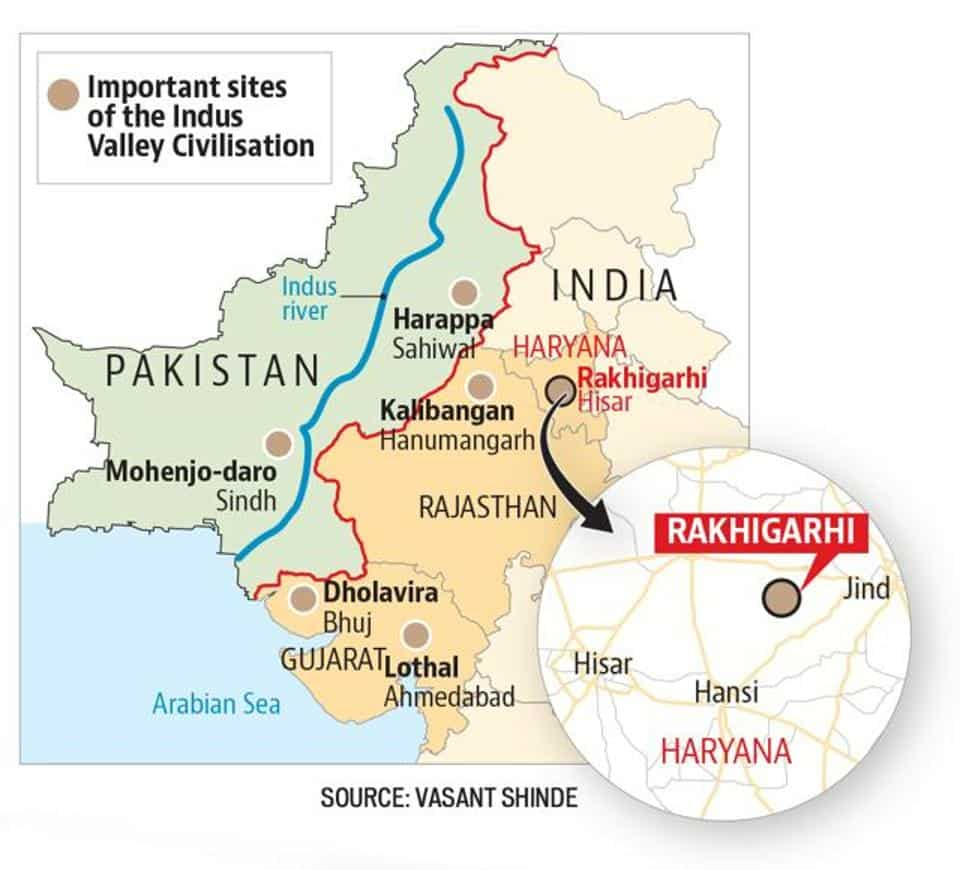October 31st Art and Culture on Prehistoric and Indus Valley Part 2 Quiz
Quiz-summary
0 of 10 questions completed
Questions:
- 1
- 2
- 3
- 4
- 5
- 6
- 7
- 8
- 9
- 10
Information
October 31st Art and Culture on Prehistoric and Indus Valley Part 2 Quiz
You have already completed the quiz before. Hence you can not start it again.
Quiz is loading...
You must sign in or sign up to start the quiz.
You have to finish following quiz, to start this quiz:
Results
0 of 10 questions answered correctly
Your time:
Time has elapsed
You have reached 0 of 0 points, (0)
Categories
- Not categorized 0%
- 1
- 2
- 3
- 4
- 5
- 6
- 7
- 8
- 9
- 10
- Answered
- Review
- Question 1 of 10
1. Question
Which of the following technique used for making bronze statues during Harappa Civilization?
CorrectAns:- a) Lost Wax Casting
Explanation:-
• The Lost-wax process, also called cire-perdue, method of metal casting in which a molten metal is poured into a mold that has been created by means of a wax model. Once the mold is made, the wax model is melted and drained away.
• Lost Wax technique was known during Harappa Civilization for making bronze statues and ‘Dancing Girl’ statue is famous example and it is perhaps the first copper statue in the world. Hence, A is the correct option.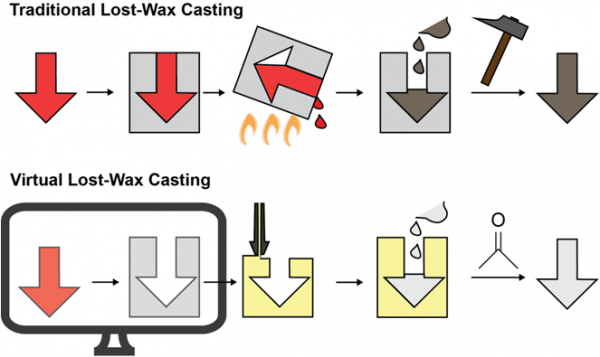
Above attached image of Lost Wax Casting.
IncorrectAns:- a) Lost Wax Casting
Explanation:-
• The Lost-wax process, also called cire-perdue, method of metal casting in which a molten metal is poured into a mold that has been created by means of a wax model. Once the mold is made, the wax model is melted and drained away.
• Lost Wax technique was known during Harappa Civilization for making bronze statues and ‘Dancing Girl’ statue is famous example and it is perhaps the first copper statue in the world. Hence, A is the correct option.
Above attached image of Lost Wax Casting.
- Question 2 of 10
2. Question
Which of the following statement is not correct about terracotta?
CorrectAns:- d) None of the above.
Explanation:-
As question asked not correct statement about terracotta, but all the statements given are correct, that’s y answer is d)None of the above.
Terracotta is a type of earthenware, is a clay-based unglazed or glazed ceramic, where the fired body is porous. The Indus Valley people made terracotta images also but compared to the stone and bronze statues the terracotta representations of human form are crude in the Indus Valley. Hence, D is the correct option.
color reversal: KODAK UNIVERSAL E6. SBA settings neutral SBA off, color SBA on The above image depicts the crude terracotta figurines of Harappan civilization.
IncorrectAns:- d) None of the above.
Explanation:-
As question asked not correct statement about terracotta, but all the statements given are correct, that’s y answer is d)None of the above.
Terracotta is a type of earthenware, is a clay-based unglazed or glazed ceramic, where the fired body is porous. The Indus Valley people made terracotta images also but compared to the stone and bronze statues the terracotta representations of human form are crude in the Indus Valley. Hence, D is the correct option.
color reversal: KODAK UNIVERSAL E6. SBA settings neutral SBA off, color SBA on The above image depicts the crude terracotta figurines of Harappan civilization.
- Question 3 of 10
3. Question
Which among the following is the most unique feature of Dholavira site of the Indus Valley Civilization?
CorrectAns;- c) Its cities were divided into three parts.
Explanation;-
The Dholavira city has specialty compared to other Harappan cites that is divided into three parts as follows;-
1)The Citadel,
2)The Middletown and
3)The Lower town.

Above image attached showing Dholavira i.e. in Gujarat.
IncorrectAns;- c) Its cities were divided into three parts.
Explanation;-
The Dholavira city has specialty compared to other Harappan cites that is divided into three parts as follows;-
1)The Citadel,
2)The Middletown and
3)The Lower town.

Above image attached showing Dholavira i.e. in Gujarat.
- Question 4 of 10
4. Question
The Social system of the Harappans was as follows;-
CorrectAns;- d) The Fairly egalitarian
Explanation;-
• The Social System of Harappans was fairly egalitarian (equality and equal rights).
• The archaeological record of the Indus civilization provides practically no evidence of armies, kings, slaves, social conflict, prisons, and other oft-negative traits that we traditionally associated with early civilizations.
• If there were neither slaves nor kings, a more egalitarian system of governance may have been practiced.

Above image attached about Harappan cites.
IncorrectAns;- d) The Fairly egalitarian
Explanation;-
• The Social System of Harappans was fairly egalitarian (equality and equal rights).
• The archaeological record of the Indus civilization provides practically no evidence of armies, kings, slaves, social conflict, prisons, and other oft-negative traits that we traditionally associated with early civilizations.
• If there were neither slaves nor kings, a more egalitarian system of governance may have been practiced.

Above image attached about Harappan cites.
- Question 5 of 10
5. Question
Which of the following statements related to Harappan Civilization are correct?
CorrectAns;- c) Pashupati was venerated by them.
Explanation;-
• The Pashupati Seal is a steatite seal that was discovered at the Mohenjo-Daro archaeological site of the Indus Valley Civilization. The seal depicts a seated figure that is possibly tricephalic (having three heads).

Above attached image of Pashupati Seal.
IncorrectAns;- c) Pashupati was venerated by them.
Explanation;-
• The Pashupati Seal is a steatite seal that was discovered at the Mohenjo-Daro archaeological site of the Indus Valley Civilization. The seal depicts a seated figure that is possibly tricephalic (having three heads).

Above attached image of Pashupati Seal.
- Question 6 of 10
6. Question
Which of the following Harappan sites has impressive drainage system?
CorrectAns;- d) Harappan
Explanation;-
• The most striking feature of this Harappan civilization (Indus Valley Civilization) is that the Indus Valley people had constructed their drainage system on very scientific lines.
The drainage system of Mohen-jo-daro is so elaborate that “the like of which has not yet been found anywhere in the world in any other city of the same antiquity”
Above attached image depicts Harappan civilization drainage system.
IncorrectAns;- d) Harappan
Explanation;-
• The most striking feature of this Harappan civilization (Indus Valley Civilization) is that the Indus Valley people had constructed their drainage system on very scientific lines.
The drainage system of Mohen-jo-daro is so elaborate that “the like of which has not yet been found anywhere in the world in any other city of the same antiquity”
Above attached image depicts Harappan civilization drainage system.
- Question 7 of 10
7. Question
Which of the following raw material was not used by the Indus Valley Civilization?
CorrectAns:- a) Iron
Explanation:-
Indus Valley Civilization uses red stone, Bronze, Terracotta, Clay and many more things as raw materials. Hence, A is the correct option.IncorrectAns:- a) Iron
Explanation:-
Indus Valley Civilization uses red stone, Bronze, Terracotta, Clay and many more things as raw materials. Hence, A is the correct option. - Question 8 of 10
8. Question
During the archaeological excavation of the Harappa Civilization, what types of the civic planning representation were seen?
CorrectAns:- d) Both a and b
Explanation:-
• In architectural field Harappa Civilization had made significant progress. It is the first known urban culture in India. Houses, markets, storage facilities, offices and almost every basic thing are organized in a grid-like pattern.
• Roads were cut crossways each other’s at 90-degree and the city was organized into blocks design and also an extremely developed drainage system. Hence, D is the correct option.
Above attached image of grid pattern of Mohenjo-Daro city.
IncorrectAns:- d) Both a and b
Explanation:-
• In architectural field Harappa Civilization had made significant progress. It is the first known urban culture in India. Houses, markets, storage facilities, offices and almost every basic thing are organized in a grid-like pattern.
• Roads were cut crossways each other’s at 90-degree and the city was organized into blocks design and also an extremely developed drainage system. Hence, D is the correct option.
Above attached image of grid pattern of Mohenjo-Daro city.
- Question 9 of 10
9. Question
Which of following statement is incorrect about the Indus Valley Civilization?
CorrectAns:- b) No site of this civilization has been found in Haryana region.
Explanation;-
Archaeological sites in Haryana are as follows;-
• Bhirrana
• Banawali
• Balu, Kaithal
• Farmana
• Rakhigarhi
Above image attached showing Rakhigarhi in Haryana Harappan site on map.
IncorrectAns:- b) No site of this civilization has been found in Haryana region.
Explanation;-
Archaeological sites in Haryana are as follows;-
• Bhirrana
• Banawali
• Balu, Kaithal
• Farmana
• Rakhigarhi
Above image attached showing Rakhigarhi in Haryana Harappan site on map.
- Question 10 of 10
10. Question
Regarding the Indus Valley Civilization, consider the following statements: (2011 UPSC Pyq)
1. It was predominantly a secular civilization and the religious element, though present, did not dominate the scene,
2. During this period, cotton was used for manufacturing textiles in India.Which of the statements given above is/are correct?
CorrectAns;- c) Both1 and 2
Explanation;-
• Farmers in Indus valley civilization were the first to weave cotton textiles.
• Some of cotton textiles were unearthed in 1929 in Mohenjo-Daro site which is now in Pakistan.
• the Indus civilization was highly developed & it was not bound by religious rule, it was a secular civilization.
• Sir John Marshall an archaeologist says that it was not a new civilization on Indian soil, it was quite old & developed .IncorrectAns;- c) Both1 and 2
Explanation;-
• Farmers in Indus valley civilization were the first to weave cotton textiles.
• Some of cotton textiles were unearthed in 1929 in Mohenjo-Daro site which is now in Pakistan.
• the Indus civilization was highly developed & it was not bound by religious rule, it was a secular civilization.
• Sir John Marshall an archaeologist says that it was not a new civilization on Indian soil, it was quite old & developed .

